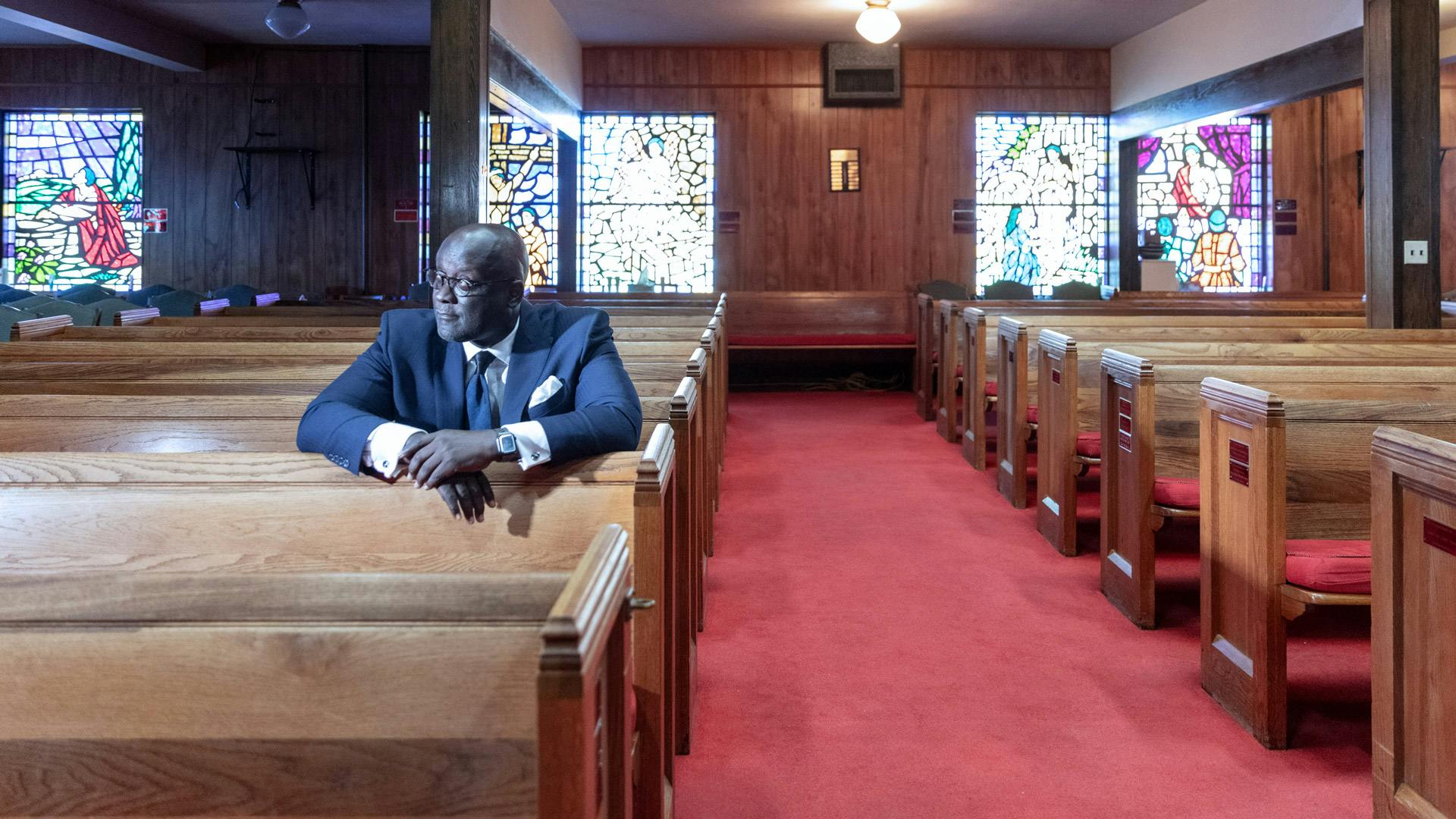Live. Magazine
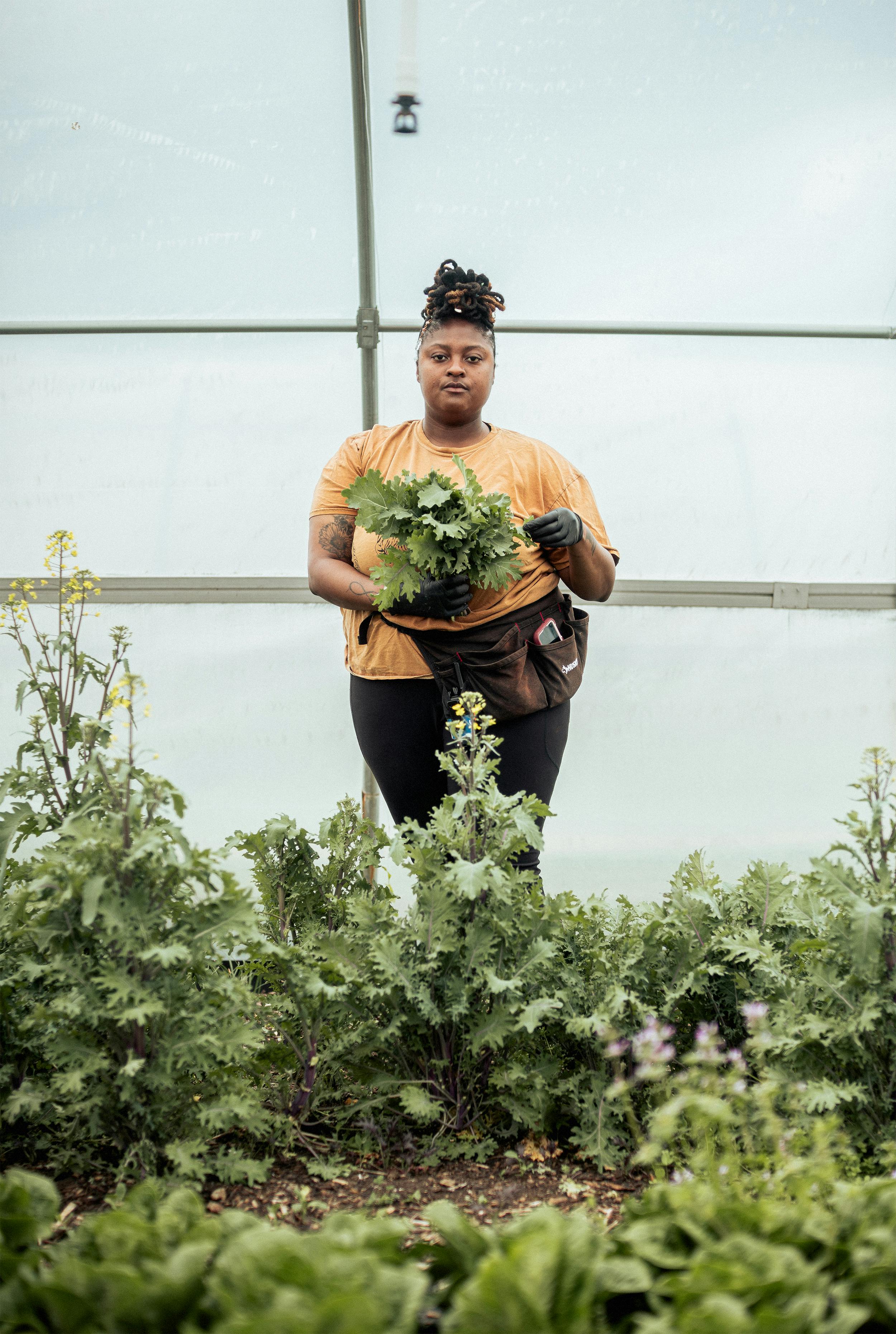
People
Paradise next door
A garden for the community
A decade ago, Reverend Heber Brown had an epiphany that inspired him to create the Black Church Food Security Network in Baltimore. Since then, the city has not only become a greener place, as part of Engage with Heart it also became a healthier one.
Text by Goran Mijuk, photos and videos by Adriano A. Biondo and Kirby Griffin.
As we drive up Liberty Heights Avenue in Baltimore to meet Reverend Heber Brown and some of his students at the Black Church Food Security Network for their weekend seminar, our eyes are glued to the seemingly endless rows of one- and two-story houses, each with a patch of green in front of the porched entrances, which in our imagination turn into little gardens with cucumbers, peppers, and tomatoes.
None of this is a reality yet. But it could soon become one, if Reverend Heber Brown achieves his goal to turn Baltimore into an urban farming paradise. In his vision, people would not only grow their own food in their little gardens, but hopefully redefine their relationship to farming, which many African Americans have – unsurprisingly – forsaken given the country’s dark history of slavery.
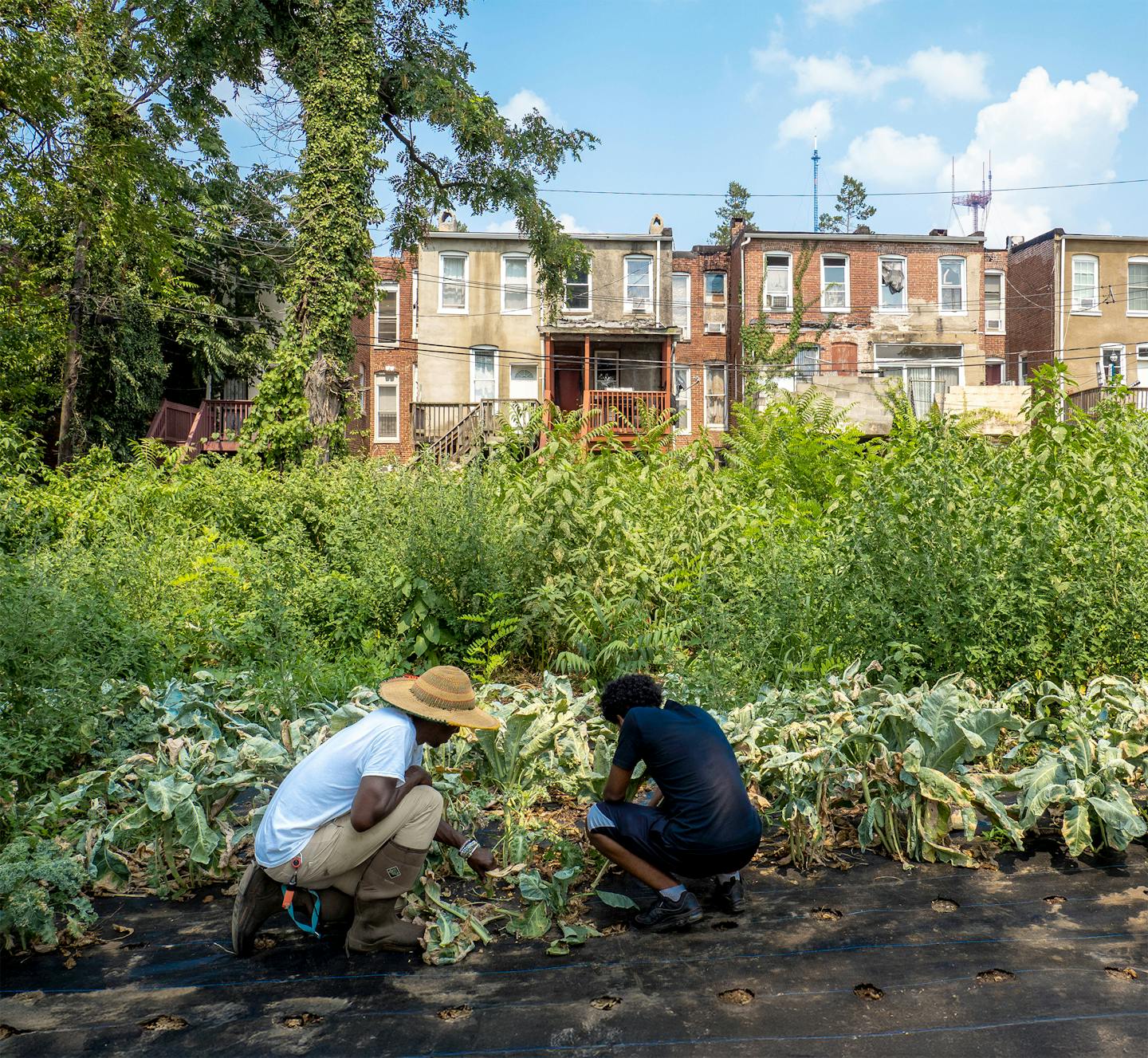
Entering the seminar room, which is nestled in an unheated outhouse of the First Baptist Church in Baltimore, we are greeted not by bulky farmer types, but by a handful of young students, many from the political sciences. Most of them are in their early twenties, believing that this grassroots project, which started with an epiphany around a decade ago, holds the potential for major change.
A green epiphany
It was sometime in 2014. Reverend Brown worked as a pastor at Pleasant Hope Baptist Church in Baltimore and was increasingly concerned with the high level of sickness and chronic disease in his congregation. He hoped that by providing them with fresh foods from the local farmers market, he could help initiate dietary changes that could help them in the long term.
Unfortunately, prices were not only too high, but the market’s willingness to collaborate with his church was also limited. “When I went to that market, and I saw the prices of their produce, and the cultural disconnects, I knew that there were some pretty significant barriers,” Reverend Brown recalls.
Walking home, he had no idea what to do next. “But once I arrived at the church, I got near the front door of our congregation, and had an epiphany before I walked through the doors,” Brown says. “There was a little patch of land that was not being utilized in any significant way by the church.”
“Why don’t we start growing what we need ourselves?”
Reverend Heber Brown
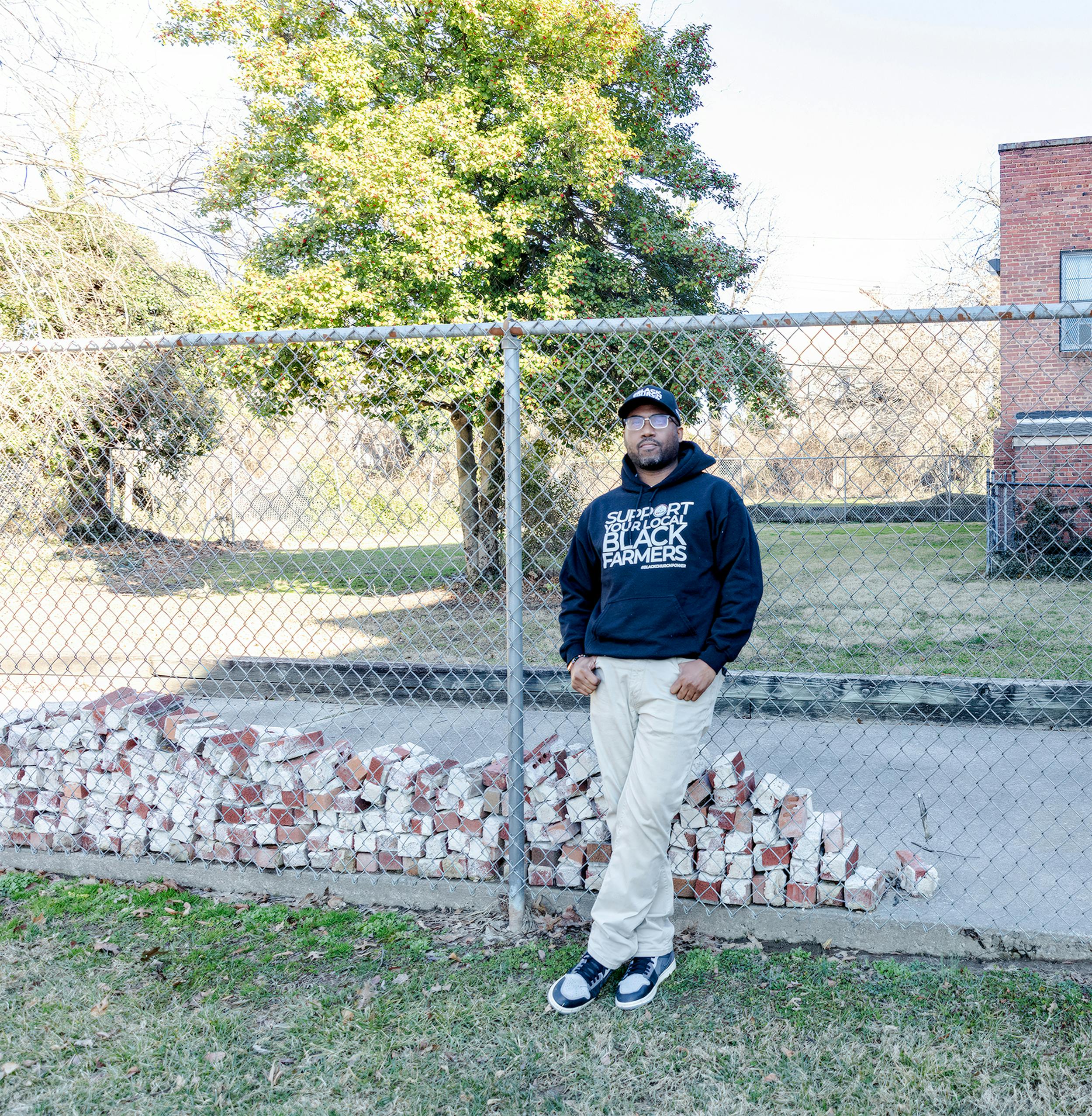
Then the idea just presented itself: “In that moment, after having just left the food market, and seeing the barriers there, I looked at that land that we already owned and I said, ‘Why don’t we start growing what we need ourselves?’” Brown recalls.
Another realization
His congregation welcomed the idea with excitement. Once the first shovel hit the ground, Reverend Brown had another realization, which would become instrumental in creating the Black Church Food Security Network: Many of his congregants had been born and raised on farms in the South and knew what had to be done.
“My blinders, as a pastor, blocked me from seeing that the members of the congregation had far more skill sets, far more genius, and insights, on how to engage with the issue of food insecurity than I’d ever given them credit for,” he says, recalling the moment when he realized how expertly many of his congregants could work the ground.
The humbling experience triggered another idea: “It’s a mistake that many others make as well: assuming that those who are most directly affected by poverty, illness, or hunger can only be recipients of help. My experience with starting a garden turned that assumption on its head. The sick have solutions for being well. The hungry have insights on how to end hunger,” Reverend Brown sums up his insight.
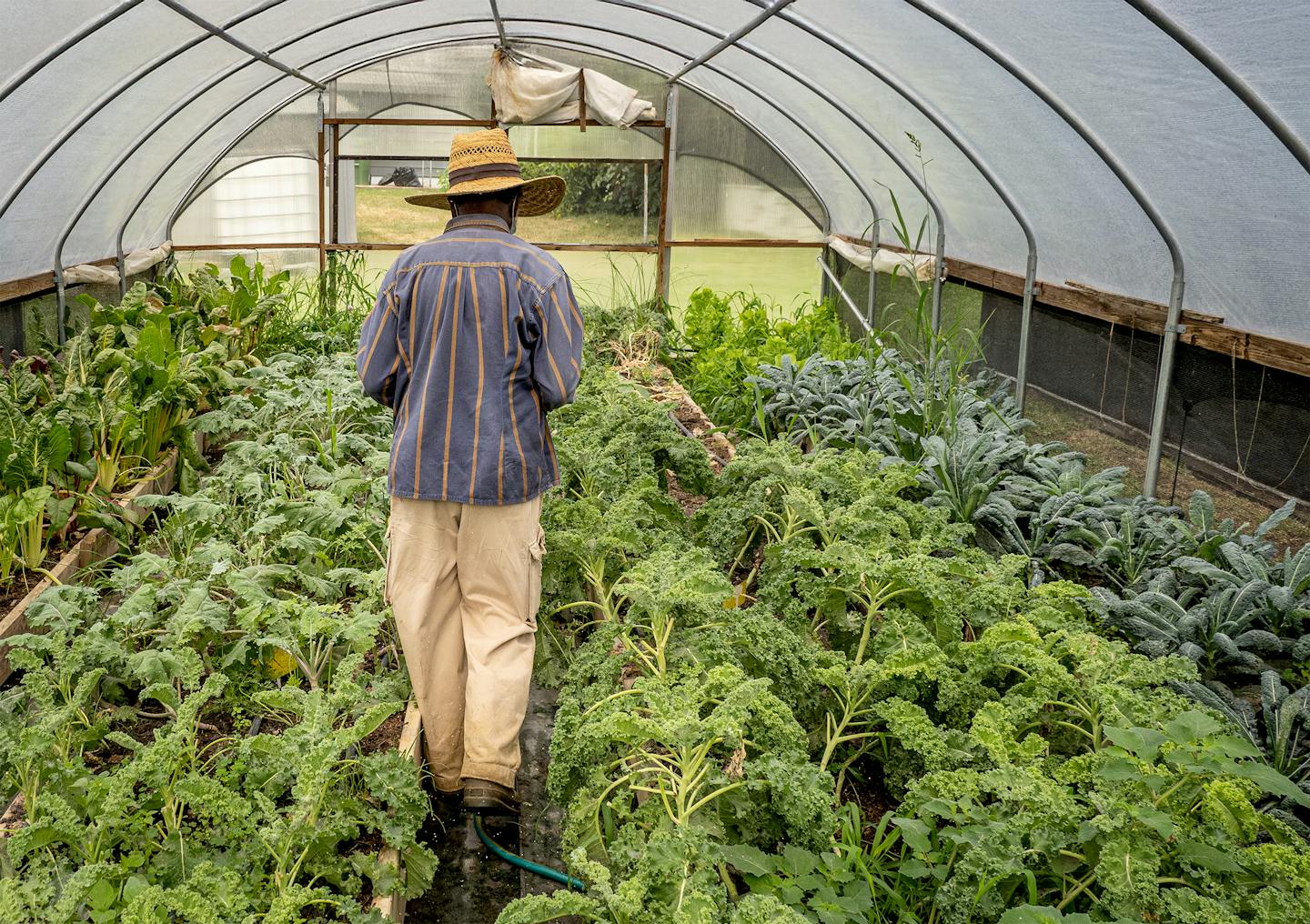
Political work
After these events, Reverend Brown founded the Black Church Food Security Network in 2015, which in the years that followed made major inroads. It inspired other congregations in Baltimore to build their own gardens, launched a monthly market and broadened its reach out of Maryland to make itself heard in other parts of the country.
As Reverend Brown deepened his knowledge about health, food, and urban farming, he also realized how deeply political his work was. It was not just an exercise in making good use of the land in some of the more than 700 churches in Baltimore. It was a veritable reckoning with the past.
“As I got increasingly involved, we also did systems analysis about the very problem of food insecurity, which made me realize that our work is not just about starting individual gardens at individual churches. Rather, it is about getting a large group of people to see how we can overcome a deficient corporate food system and co-create food systems of our own,” Brown says.
In the seminar room, which we visited on a sunny, yet freezing cold Saturday morning in early February, the students are not just discussing seeds, soil quality, and the weather. First and foremost, their discussions center around some of the political and historical facts that have led to the situation in which many African Americans find themselves today.
Knowing history
Getting to know the past is important, Reverend Brown and his colleagues Linneal Smith and Brahein Richardson tell the students. There is not only the abhorrent history of slavery. There are much more recent events – many of them forgotten or suppressed – that continue shaping modern America to this day.
“There is intentionality and decisions that were made that got us here, which led to the food and health apartheid that we are experiencing today,” Reverend Brown says. “This also includes the way in which communities in the United States were zoned in the past that have a huge effect on how millions of people live.”
In Baltimore, the zones, which were established some 100 years ago, when the Homeowners Loan Corporation in the United States provided colored maps with prime and subprime real estate, cemented the living realities for hundreds of thousands of people. Areas considered as ideal investment places were marked green, while red zones were areas that attracted little to no funds and were used to hold landfills, for example. The red zones were also the ones where most African Americans lived and still live today.
“Books like The Color of Law by Richard Rothstein helped outline this zoning history in greater detail,” Reverend Brown says, pointing to one of the books he discusses during the curriculum. “Those redlining maps dictated what areas would have agency with respect to food, health, and other vital things.”
A century later, the effect of these maps is still felt as most Black communities lack basic infrastructure. But knowing history is learning from it: “If you recognize that intentionality and design was a part of what got us to this situation, then agency becomes part of the equation when it comes to finding the solution, because it empowers those who are living on the receiving end of those decisions.”
Energy is rising
For many of the students who have joined the Saturday morning seminar, some of the history’s details are new, while others are part of popular knowledge in Baltimore. What brought them here, however, is not a lesson in political education, but a willingness to act and to change the status quo.
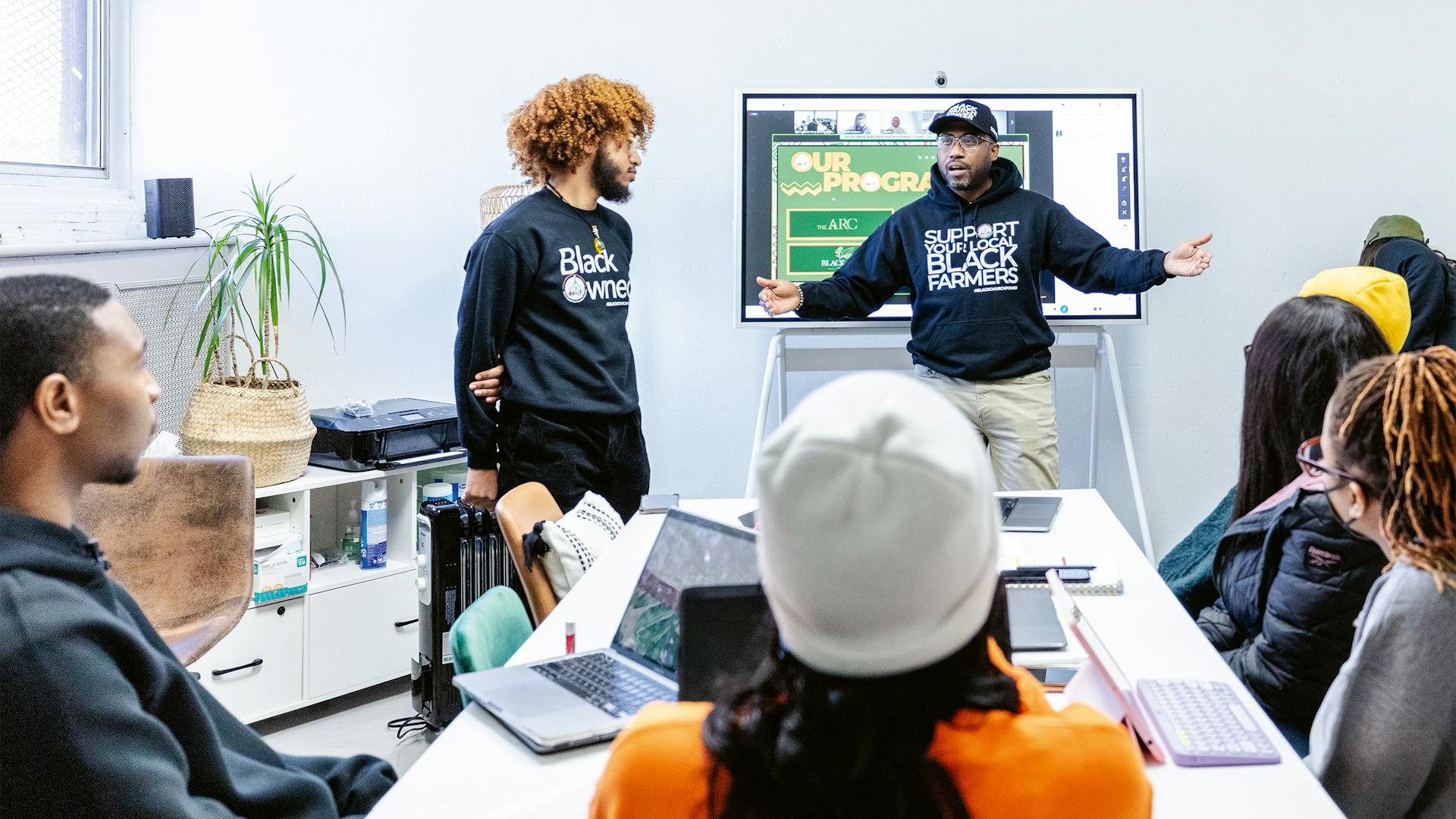
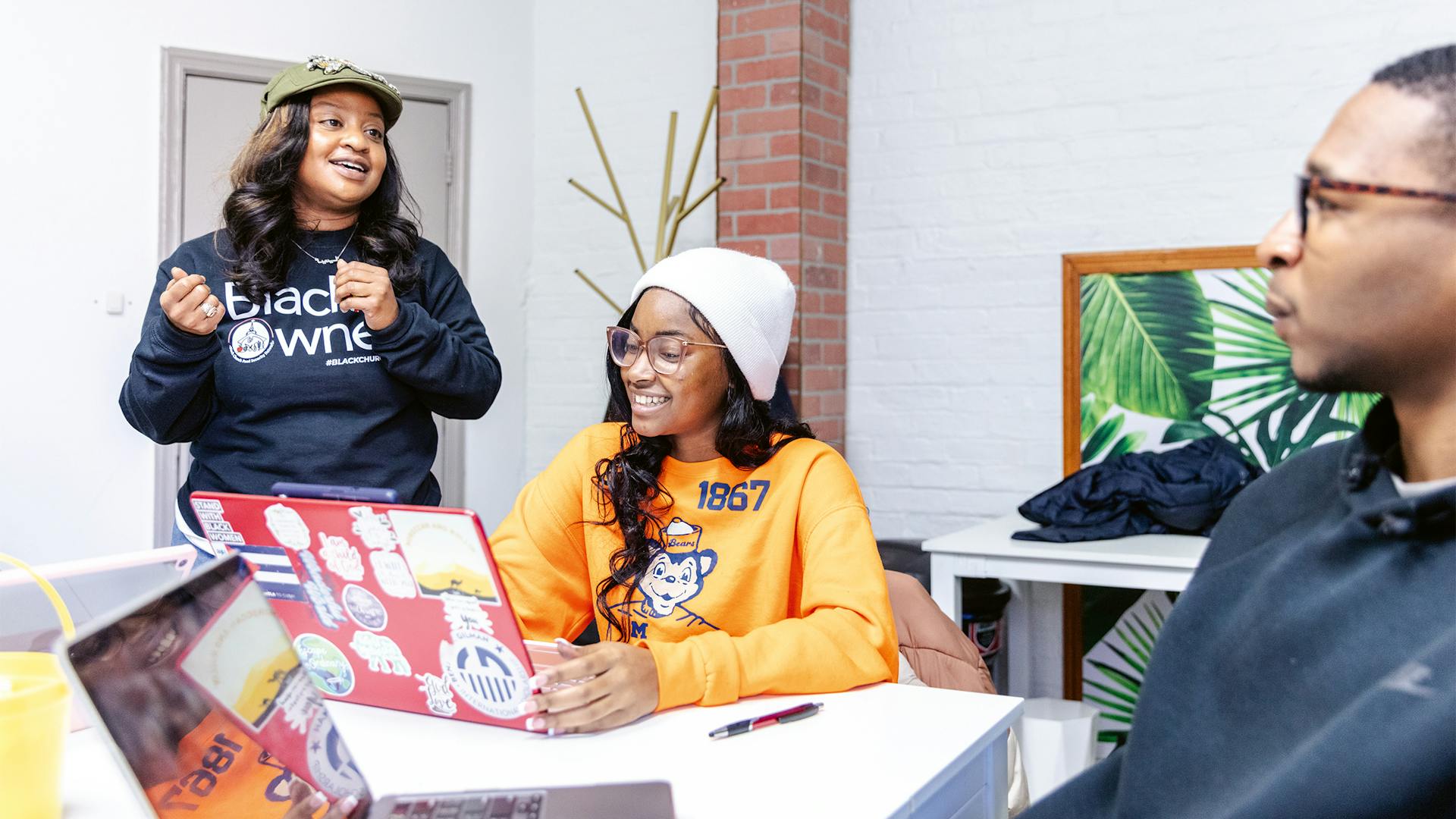
Linneal Smith (standing), a long-time supporter of the Black Church Food Security Network, gives students an overview of the varied activities they can pursue as part of their curriculum.
Yasmine Bryant, a 21-year-old political science student who has joined the session, says that she wants to give people a voice. “I have lived in different parts of the world and in different communities. To get a feel of the place and understand the local needs is important to change the situation,” she says.
Her colleague, Azaria Moore, who is focusing on international studies, not only wants to learn more about Baltimore’s local history, but also wishes to be out there with the people and get in contact with them. “This is how I can help and make an impact,” she says.
The energy on this Saturday morning is palpable. Although we all take a longer break to make our photo shoot, eat some doughnuts, and drink coffee, the students remain alert, asking all sorts of questions to get a deeper sense of place. But, to my surprise, they never turn bitter or angry when discussing the past. Their eyes are set on the future.
With this same spirit, they also embrace the program Engage with Heart, a Novartis-sponsored program which aims to improve heart health in the city, and in which the Black Church Food Security Network plays a pivotal role. “To be part of such a program and help people improve their health through healthy food and contribute to their well-being is a great motivational driver,” Moore says.
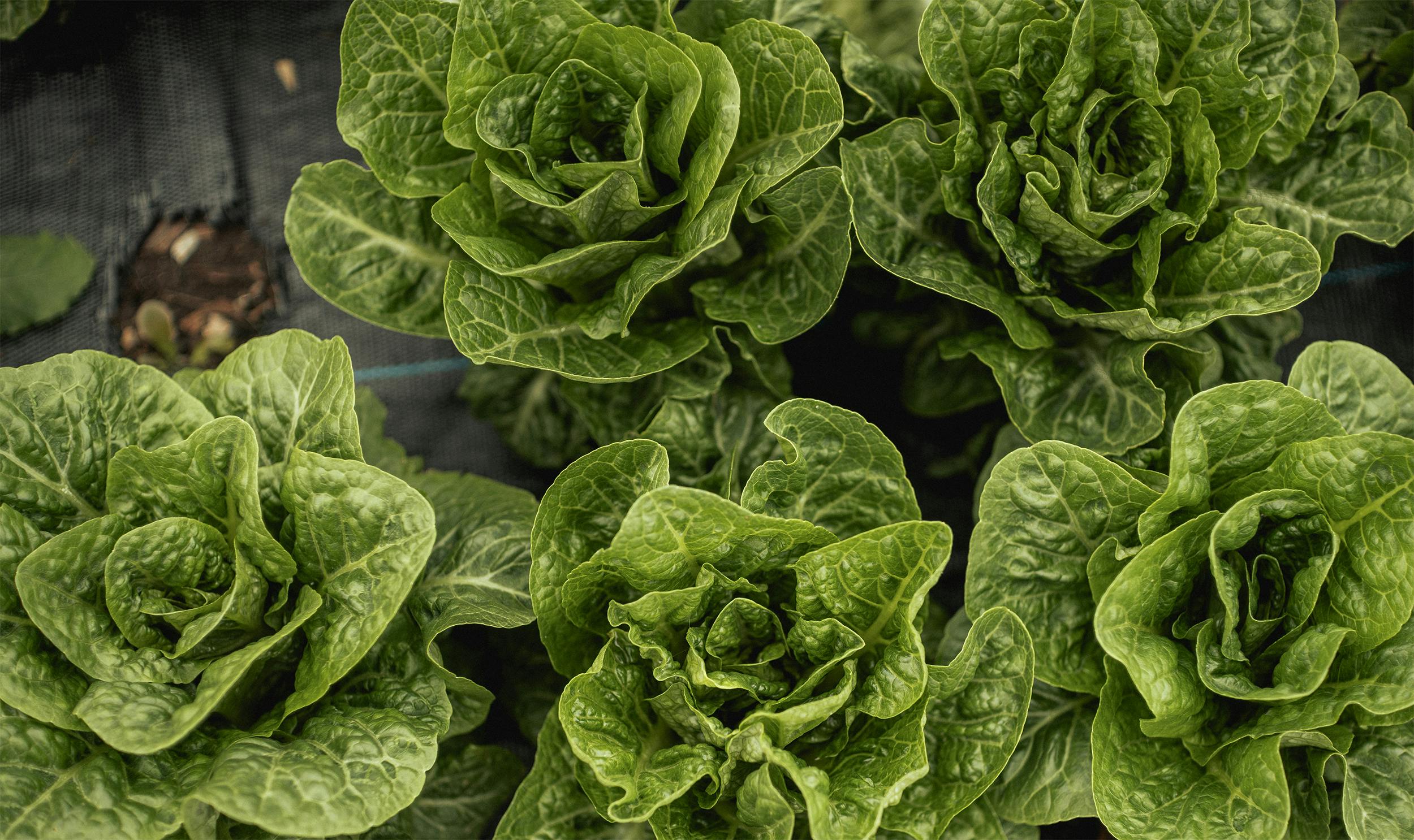
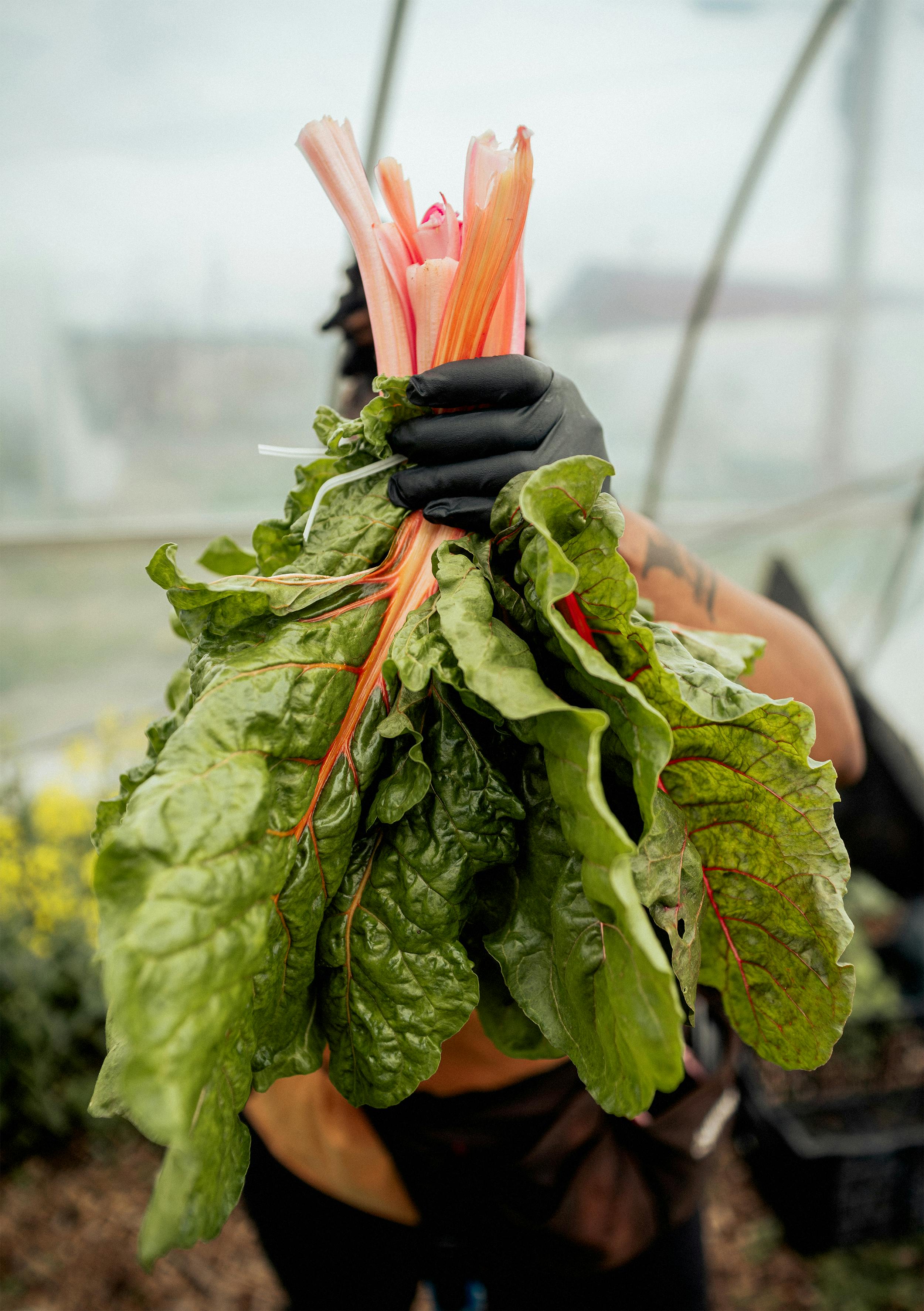
A refreshing sight
While the students who joined the seminar have only started their curriculum, many others in Baltimore have already taken up urban farming – some as a profession, others as a sort of serious hobby. Currently, there are more than 30 urban farms and gardens in the city and the number is rising, attracting young and old alike.
Probably one of the oldest urban farmers in all of Baltimore is Mother Neufville, an 80-year-old woman who hails originally from Jamaica. Her little farm is located on the precinct of Liberty Grace Church in Baltimore, where she tends a small plot that offers all sorts of fruits and vegetables.
“If you don’t have a car, often the only way to get food is a cheap store or a junk food store.”
Mother Neufville
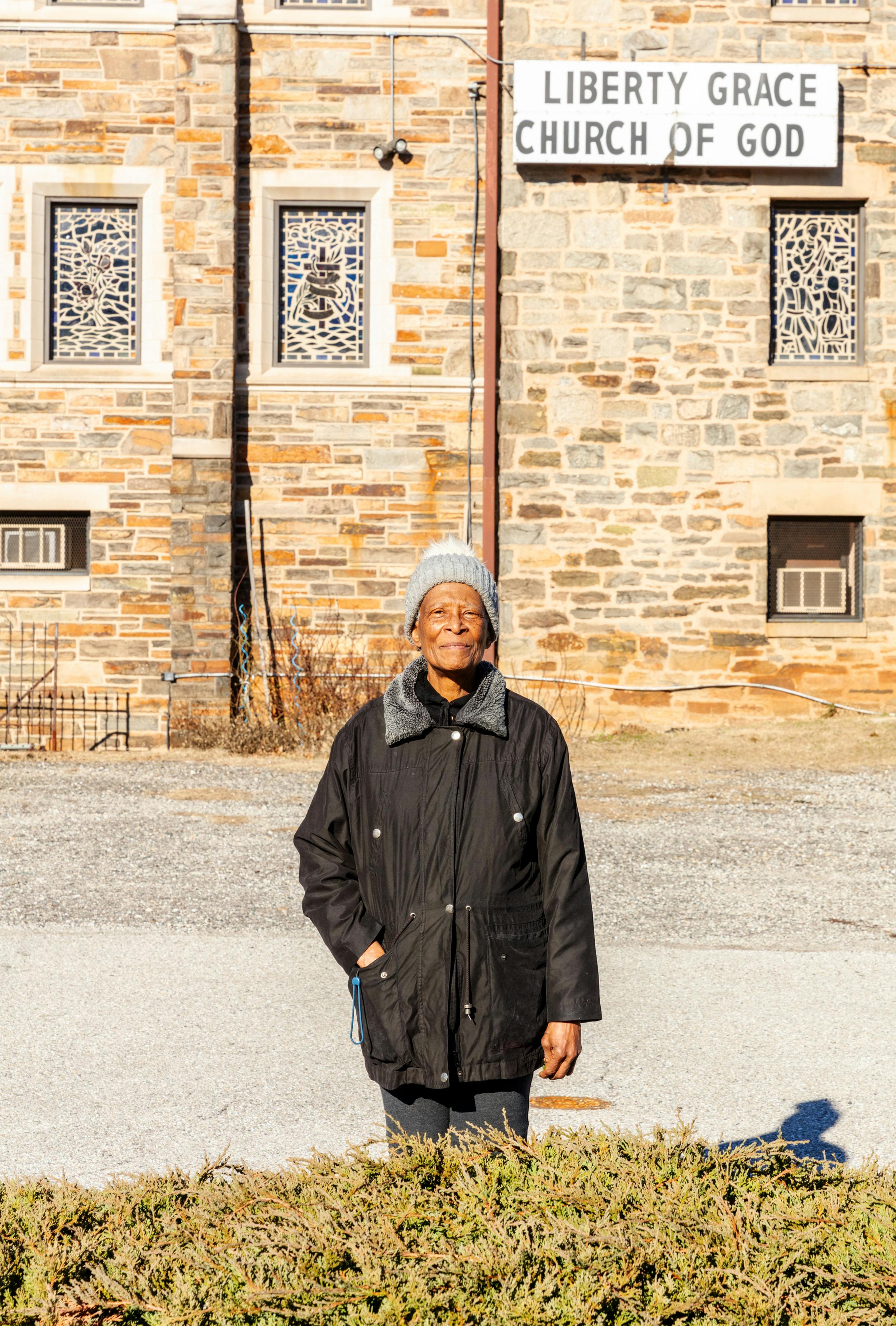
“It’s a small garden,” Mother Neufville says, when we visit her at Liberty Grace, which also participates in Engage with Heart. “But for me, it’s a way of living. Every day I come here to tend to the plants and talk to them. And come harvest, I cherish the moments when I can give the food away to those who need it.”
Besides mountain mint, rosemary, and sage, Mother Neufville grows chives, spring onions, beans, sunflowers, and the garden even sports a little fig tree. “It’s winter now, and it doesn’t look like much. But in summer, it’s a feast for the eyes and the belly.”
Although Mother Neufville tends to the garden daily, she is also supported by Dr. Holmes and Sister Phyllis Green, two congregants who have been cheerleading the idea of urban farms for years as they see it as a way out of the current food and health crisis that is gripping Baltimore and many other cities in the United States.
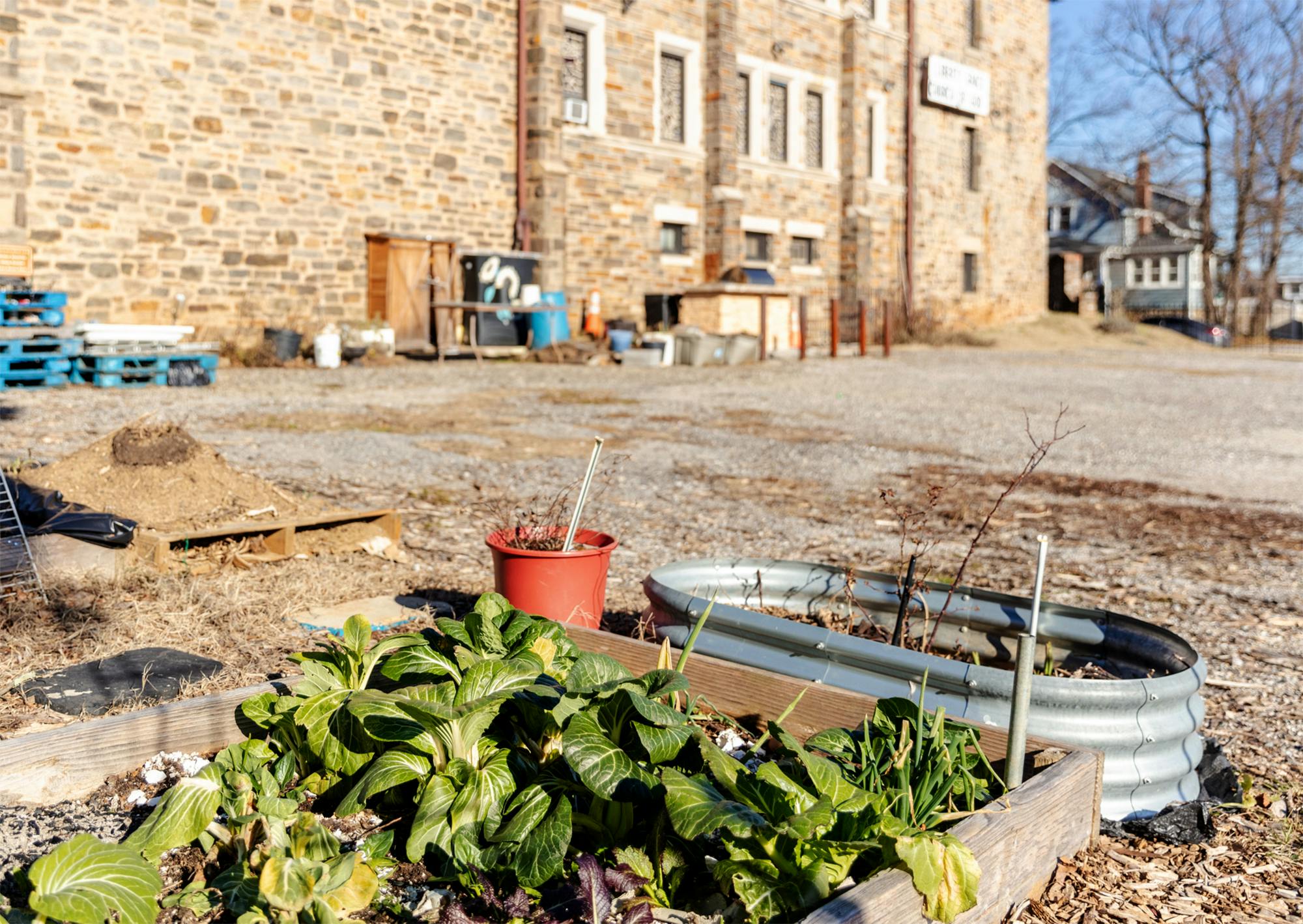
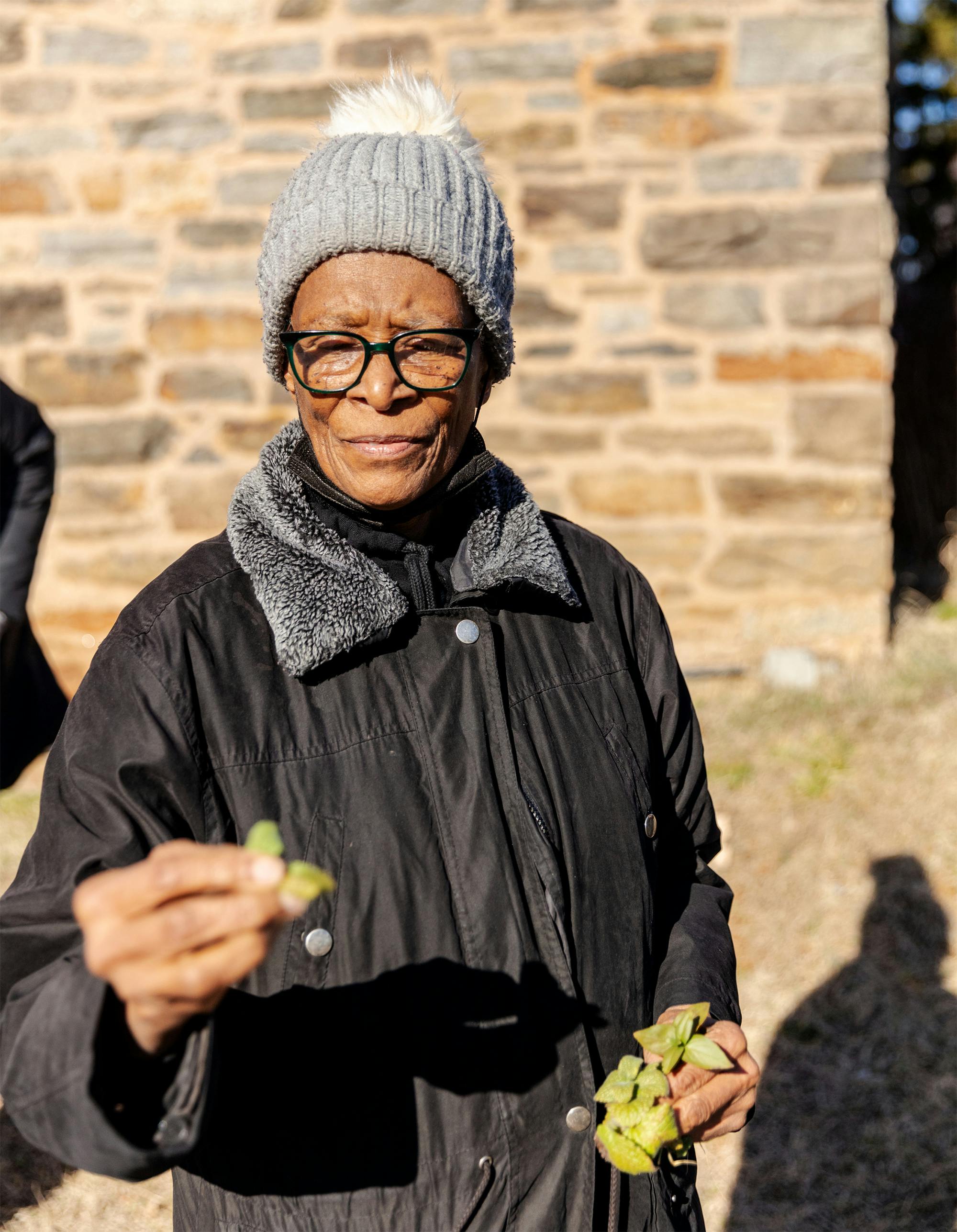
“Of course, if you have only limited money, junk food is a way to feed yourself. But it creates all the problems that we are facing today, which is also connected to the way in which our neighborhoods are organized,” says Dr. Holmes. “If you don’t have a car, often the only way to get food is a cheap store or a junk food store.”
Having a garden in the neighborhood or in a church is a way out of the crisis. Not because it could feed the congregation, but because it teaches the people that there is an alternative. “We had some volunteers come to our garden. And one of the little kids, he couldn’t have been more than four, knew every vegetable. His mother does the gardening. He was eating all the things fresh from the garden. It was very refreshing to see that.”
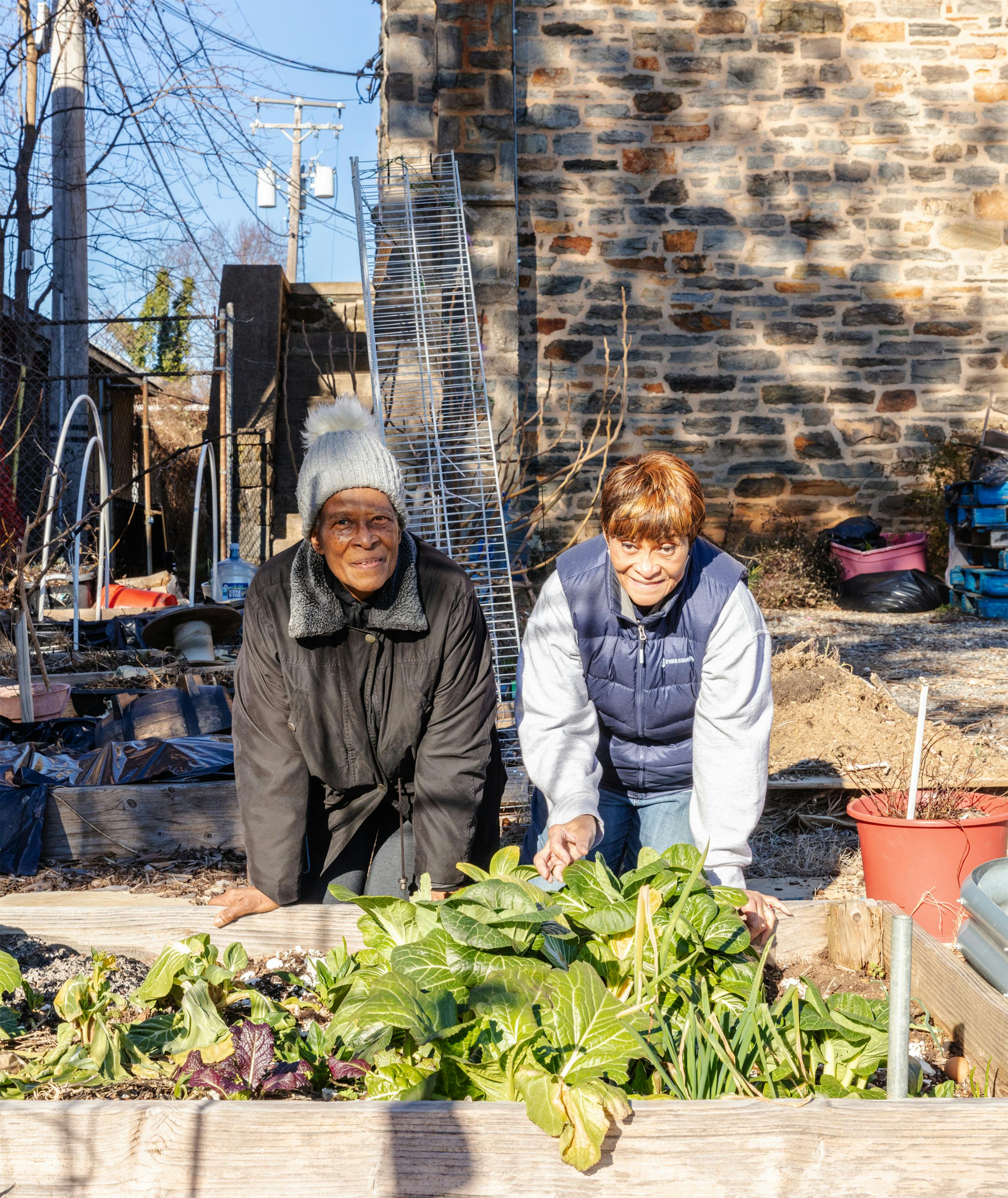
For Reverend Brown, stories like this make all the difference. “When you start seeing the impact, it makes you want to do even more. And, yes, there is still much that needs to be done. If our food program can not only help to feed people, but also make them lead healthier lives and become more aware of how things can be changed, we will have achieved a lot.”
With the right mindset, the green patches, which in our imagination turned into gardens, could become a reality. There is even the potential that they can become a sort of paradise on Earth.


